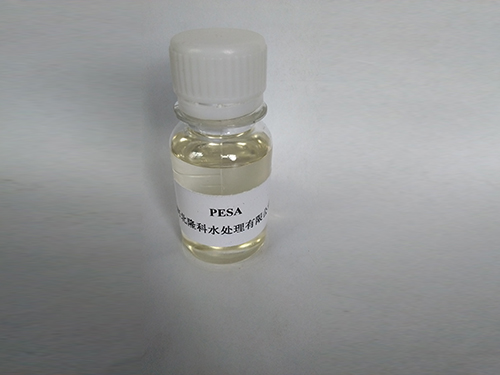cl+ me isothiazolinone
Understanding CL+ME Isothiazolinone Its Uses, Benefits, and Safety Concerns
Isothiazolinones are a class of biocides commonly used as preservatives in various products, including cosmetics, personal care items, and household goods. Among these compounds, CL+ME Isothiazolinone, often referred to as methylisothiazolinone (MIT) and chloromethylisothiazolinone (CMIT), is widely recognized for its efficacy in preventing microbial growth. This article delves into the characteristics, applications, benefits, and safety considerations associated with CL+ME isothiazolinone.
Characteristics of CL+ME Isothiazolinone
CL+ME isothiazolinone is a synthetic chemical that combines two isothiazolinone compounds chloromethylisothiazolinone (CMIT) and methylisothiazolinone (MIT). The synergy between these two compounds allows for a broader spectrum of antimicrobial activity, making it effective against bacteria, fungi, and yeast. Typically found in aqueous solutions, this biocide presents a pale yellow liquid appearance and has a distinctive, mild odor.
Applications in Various Industries
The versatility of CL+ME isothiazolinone has led to its widespread use across multiple sectors. In the cosmetic and personal care industry, it serves as a preservative in products like shampoos, conditioners, lotions, and various makeup items. Its primary role is to extend shelf life by inhibiting the growth of harmful microorganisms, thereby ensuring product safety and efficacy.
In addition to personal care products, CL+ME isothiazolinone is also prevalent in household cleaning agents, paints, and industrial formulations. It acts as a protective agent against microbial contamination in paints and coatings, helping to maintain their quality over time. Furthermore, its use in industrial applications, such as cooling towers and metalworking fluids, demonstrates its significance in preserving equipment and enhancing operational efficiency.
Benefits of Using CL+ME Isothiazolinone
cl+ me isothiazolinone

One of the primary benefits of CL+ME isothiazolinone is its potent antimicrobial properties. By preventing the proliferation of bacteria and fungi, it helps safeguard product integrity, thus extending shelf life. This is particularly important in the cosmetic and personal care industries, where product spoilage can lead to both financial losses and safety hazards for consumers.
Additionally, CL+ME isothiazolinone is generally effective at low concentrations, which enhances its cost-effectiveness. Manufacturers can achieve significant preservation results while minimizing production costs. Its versatility across different formulations makes it an attractive choice for various applications, from cosmetics to industrial products.
Safety Concerns and Regulatory Status
Despite its efficacy and benefits, CL+ME isothiazolinone has faced scrutiny regarding safety. Some studies have suggested that prolonged exposure to MIT and CMIT may cause allergic reactions or skin sensitization in certain individuals. As a response, regulatory bodies worldwide, including the European Union and the U.S. Food and Drug Administration, have issued guidelines and restrictions on its concentration in consumer products.
The European Chemicals Agency (ECHA) has classified CL+ME isothiazolinone as a substance of very high concern due to potential health risks. As a result, many manufacturers have begun reformulating their products to either limit the concentration of these compounds or replace them entirely with alternative preservatives.
Conclusion
In summary, CL+ME isothiazolinone plays a crucial role as a preservative across various industries, particularly in cosmetics and personal care products. Its potent antimicrobial properties contribute to the safety and longevity of consumer goods. However, awareness of safety concerns and regulatory changes is essential for both manufacturers and consumers. As the industry evolves, ongoing research and innovation will likely lead to either enhanced formulations of CL+ME isothiazolinone or the development of safer, more effective alternatives. Understanding and balancing efficacy with safety will be the key to navigating the future of preservative use in consumer products.
-
Water Treatment with Flocculant Water TreatmentNewsJun.12,2025
-
Polymaleic AnhydrideNewsJun.12,2025
-
Polyaspartic AcidNewsJun.12,2025
-
Enhance Industrial Processes with IsothiazolinonesNewsJun.12,2025
-
Enhance Industrial Processes with PBTCA SolutionsNewsJun.12,2025
-
Dodecyldimethylbenzylammonium Chloride SolutionsNewsJun.12,2025





